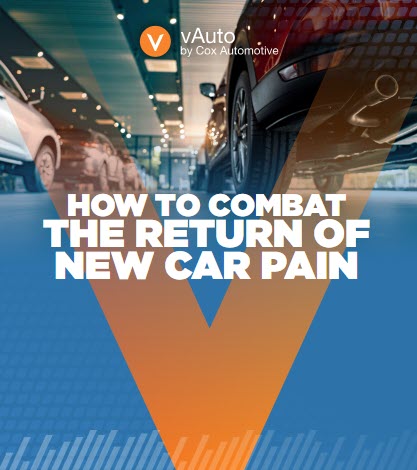3 Lessons for Dealers From Best Buy's Remarkable Turnaround
Six years ago, Best Buy was headed toward the retail graveyard.
But while its rivals Circuit City and Radio Shack went out of business, Best Buy turned things around.
Best Buy’s troubles were familiar. Its stock had fallen from $50 to $11 a share in just two years. The company was a poster child for “showrooming” — where customers physically visit stores, but ultimately purchase from online retailers with better prices.
Best Buy had a decision to make: Either do things a lot differently, or start shuttering stores.
The company chose the former. Its turnaround strategy included a commitment to beating or matching competitors’ prices and offering a superior experience for customers.
Best Buy CEO Hubert Joly has said, “Price-competitiveness is table stakes. The way we want to win is around the advice, convenience, service … If we get someone in the store and they don’t buy, then shame on us.”
Today, Best Buy is considered a prime case study in how a traditional brick-and-mortar retailer can compete effectively in today’s era of internet- and mobile-driven commerce. The company is thriving, boasting a share price of $73. That’s an incredible 563% increase in value since 2012.
I see some clear parallels between the challenges Best Buy overcame and those facing new car dealers today.
Like Best Buy, dealers must now contend with an ever-more-transparent market, where the bulk of shopping occurs online and it’s easier for consumers to compare you against the competition. New cars are a lot like appliances and electronics — they’re commodities in the eyes of today’s buyers.
These forces have contributed to driving new car profits down to -$427 per car for 2017, based on the most recent NADA Dealership Financial Profile. Here are three takeaways from Best Buy’s efforts that dealers should consider as they work to maintain their new vehicle market share and sales volumes:
Reduce or remove the friction of price
Today’s online shopper is not going to be fooled, so dealers would be wise to price their vehicles competitively based on the market. Depending on the market, Best Buy’s price-match guarantee might also be a worthy way to keep customers from buying elsewhere.
I was surprised that Best Buy’s decision to reduce price friction had less effect on gross margin than one might think — the company’s margins dropped from 23 percent to 21 percent. The company offset the decline by selling to more customers.
Trim your advertising expense
Best Buy has invested a larger share of its advertising in digital media as part of its strategy to blend the online and in-showroom experiences. The company reduced its advertising expense by 21 percent during the last two years. Meanwhile, dealers’ advertising spending increased from $607 to $629 in the same time period — a rise that suggests increased advertising efficiency is a big opportunity for many dealers.
Develop your sales teams
I recently visited both a Best Buy store and a dealership. I found the Best Buy sales representative to be both helpful and very knowledgeable. By contrast, during a test drive with my wife and me, a dealership sales consultant barely spoke about the vehicle or its features. Upon arriving back at the dealership, the sales consultant quickly moved to close the sale, despite being unable to justify the $695 additional markup for pinstriping and nitrogen gas in the tires.
Perhaps the biggest lesson from Best Buy’s turnaround story is the company’s commitment to change the way it does business. It could have stayed the course, but it instead opted for a robust reinvention.
I believe dealers face a similar choice. Looking ahead, the most successful dealers will be those who find the best ways to win customers online, with an easy, transparent process that reduces price friction and provides an optimal customer experience.








